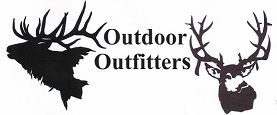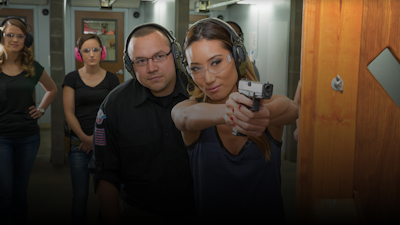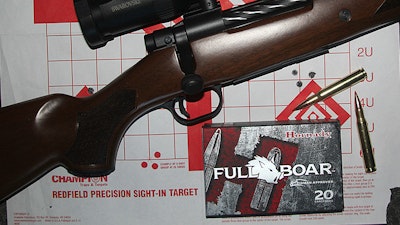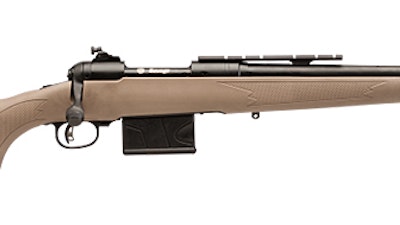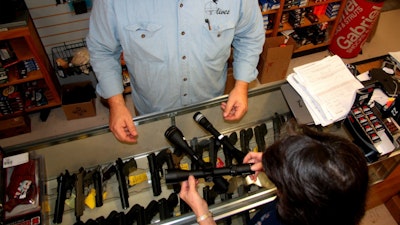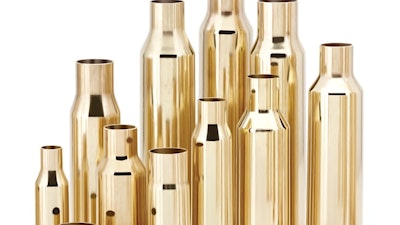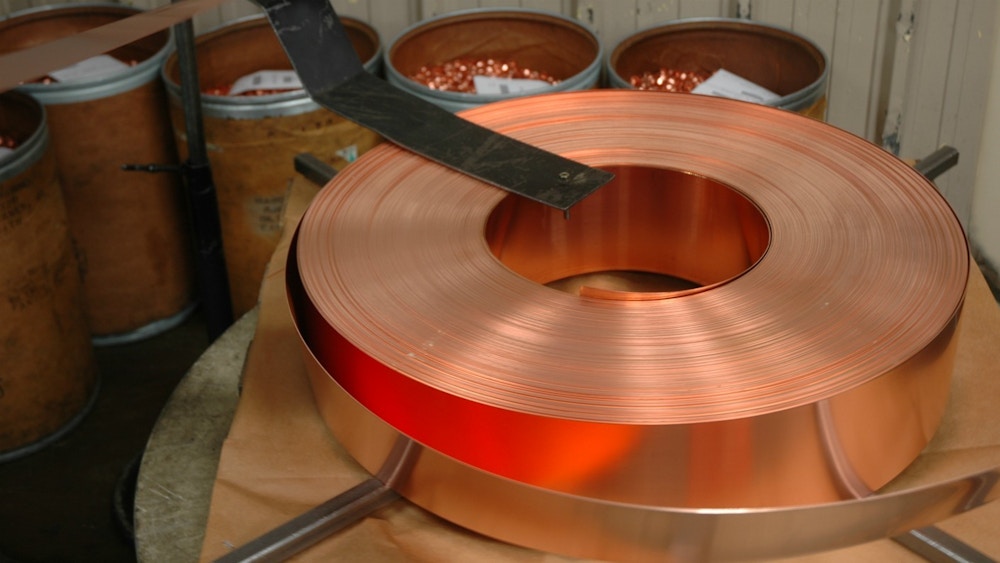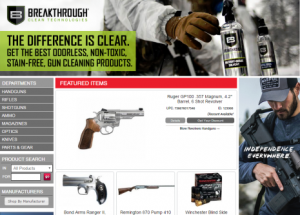Selling Lead-Free Bullets and Ammunition
It’s easy. But remember that tradition, sectional density, copper fouling and accuracy still matter!
Those gifted to sell can sell even what they know little about. Experts can sell only if pressed for details of little concern to customers.
That said, shooters and hunters pay increasing attention to details. And they know more than their forebears. They buy most readily from people who can answer their questions.
Lead-free bullets have multiplied in a market with myriad bullet options. Depending on who tells the story, they’re a burden from environmentalists or a boon to hunters. Both claims apply. However you view lead-free bullets, they’re properly called just that: lead-free. To say they’re non-toxic implies that lead-core bullets pose an environmental hazard. Science hasn’t confirmed this.
Claims of a spent-bullet threat have little in common with the evidence nixing use of lead shot for waterfowl. Ducks daily ingest grit in the shallows fronting blinds from which hunters may fire hundreds of rounds annually. Each cloud of pellets sent aloft falls on spent shot already carpeting the bottom, where waterfowl forage. But while some marshes rock with volleys of gunfire daily, big-game hunters disperse widely, each likely to return with a clean barrel. Bullets that kill often pass through, landing harmlessly, as do those that miss. Bullet shards lodging in the beast typically leave the field with the carcass. Those in offal may or may not be available to scavengers. No birds or mammals that routinely eat carrion need grit.
Is lead toxic? Certainly. So is copper — in bullets, pennies, wiring and kitchenware.
Shooters with an eye to ballistics might ask how lead-free bullets stack up against jacketed.
Actually, lead-free came first. The first firearms used rocks and scrap iron as projectiles. By the time rifling appeared in the 16th century, hunters were using lead balls. Conical bullets with hollow skirts that bulged to snug the bore gained fame during our Civil War, courtesy of Captain Claude Minie (meeNAY). Buffalo hunters favored long bullets that had enough inertia to boost reach and penetration. Adding 10 percent tin to the lead increased hardness and reduced fouling as velocities climbed (pure lead melted into rifling at speeds over l,200 fps). An alloy with 5 percent tin, 5 percent antimony bumped the ceiling to 1,500 fps. Bullet jackets would follow.
Our .30-40 Krag, with the .30 WCF and its lever-rifle kin, used jacketed softnose bullets in the 1890s, but they weren’t pointed. In 1905, Germany replaced its round-nose 226-grain 7.9×57 bullet at 2,090 fps with a 154-grain spitzer at 2,880. Bullet diameter changed from .318 to .323 (8mm). Letter suffixes distinguished these two “8mm Mausers”: J for .318, S for .323. Inspired, the U.S. updated the .30-03 with a pointed 150-grain bullet at 2,700 fps to produce the .30-06. Such high speeds prompted new jackets. After tin plating was found to “cold-solder” to case mouths, Western Cartridge fielded an alloy incorporating tin. This “Lubaloy” jacket protected bullet cores above Mach 3.
Fast-forward a century. Lead bullet cores haven’t changed much. Most now contain a measured dose of antimony to make them harder (2.5 percent is common, 6 percent about the limit). Cores are lopped from lead wire or extruded from bar stock, then annealed. Forming dies marry cores with jacket cups. Most jackets are of gilding metal, 95-5 copper-zinc. Ductile copper jackets yield beautiful mushrooms in game, but copper residue also adheres to rifling.
Randy Brooks told me he was hunting brown bears when it occurred to him that bullet failures in tough animals all involved lead loss. So back at his Utah shop, he developed an all-copper hollowpoint. “I called it the X-Bullet because the nose peeled into four petals: an X,” he said. In 1989, Randy and wife Coni bet their Barnes Bullets business on that design and set about proving it afield. He emphasized the X-Bullet came from his search for a better bullet, not a lead-free one. The toxicity issue wasn’t yet news.
Then in July 2008, a ban on lead bullets in parts of California followed a lawsuit from the Center for Biological Diversity and similar groups. The litigants claimed that failure to ban lead bullets put the State at odds with the Endangered Species Act. California’s Fish and Game Commission caved.
In bullets, few materials rival copper as a replacement for lead. Still, it’s not perfect. Relative to lead, copper has low specific gravity. A lead bullet has greater sectional density than a copper bullet of the same length, and given the same speed, lead hits harder. Making copper bullets longer to boost weight has its limits. Stabilizing long bullets requires faster rifling twist. Longer shanks add friction, which increases pressure. Cartridges exceed the standard length for magazines or barrel throats unless long bullets are seated deep, eating into powder capacity. Copper is harder than lead; gilding metal harder still. So lead-free bullets can’t be pushed faster than same-weight jacketed bullets without increasing pressure. On top of that, copper costs more than lead.
But success with the X-Bullet prompted Randy Brooks to refine it. Three shank grooves reduced friction and gave rifling “a place to push displaced copper.” Result: lower pressure, less fouling, better accuracy! In 2003, this bullet became the TSX or Triple Shock.
The copper TSX has since been joined by copper-alloy bullets by Hornady, Nosler, Winchester and Federal. Nosler’s E-Tip bullet was introduced by Winchester under the Combined Technology banner in 2007. Glen Weeks, then centerfire guru at Olin’s Winchester plant, noted the E-Tip’s 95/5 alloy “won’t foul bores as badly as copper.” Lubalox coating further reduced fouling. To ease barrel passage, the E-Tip’s cavity extends below the ogive, so acceleration slugs the bullet into the rifling. Like the TSX, the E-Tip was hawked as a deep-driving bullet that upset to double diameter and lost little if any weight in game. E-Tips have since left Winchester’s line, supplanted by the Super X Power Core, then in 2018 by the Deer Season Copper Impact bullet. E-Tips are still cataloged by Nosler.
Hornady’s lead-free GMX (gilding metal expanding) bullet arrived early in 2009. Jeremy Millard headed that project. “GMX bullets are a 95/5 alloy,” he said, “and cost 40 percent more than lead bullets to make.” Similar in profile and flight to Hornady’s SST, the GMX does have a different nose. “A parallel-sided cavity tapers to a point even with the base of the ogive, so expansion stops there, above two shank grooves,” Millard said. “Our accuracy and pressure tests showed no advantage to additional grooves.”
